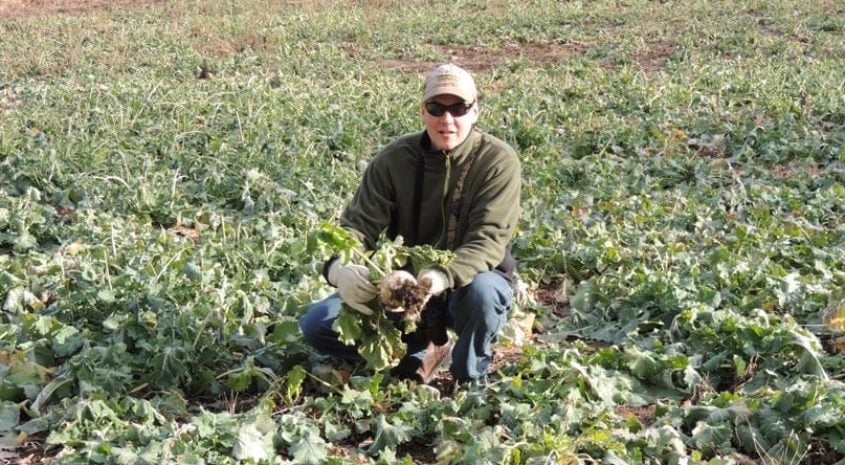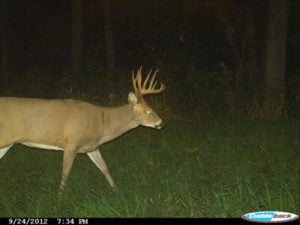Author: Matt Musiedlak, Land Specialist/Co-Owner United Country Hamele Auction& Realty
Eager to boost the hunting value of your recreational land? By putting in a little work, you can get a whole lot of good back—all the more so if you’ve put together a reasonable long-term habitat-management strategy and have the patience to see improvements play out across the seasons, the years, and the decades.
Here are a few general thoughts on amping up the productivity (and marketability) of your hunting property!
Think Context: Look at the Big Picture
If you want to improve your land for hunting, it’s imperative to look beyond its boundaries. Deer and other wildlife will likely be moving between your land and adjacent acreage, so assess the countryside a few miles out from your property line. If you notice important habitat features lacking in this buffer—say, conifer stands for winter shelter or young-growth woods with heavy understories—you might consider creating them on your land to significantly enhance its local wildlife value.
 Plant Food Plots & Orchards
Plant Food Plots & Orchards
Establishing food plots (corn, soybeans, cereals, greens, etc.) increases the nutritive value—and all-around appeal—of your land to deer. They should be planted strategically based on your big-picture habitat-management plan; you want to make sure deer have attractive travel lanes, such as riparian corridors or hedgerows, to access these feeding sites. Deer (and many other animals) also love to scarf on fallen fruits, so you might also consider planting an orchard or two of diversified fruit trees, again connected to natural deer throughways.
Diversify Your Habitat
While the specifics will depend on many factors—including the size and shape of your property, its microclimates, and the nature of surrounding lands—diversifying your property’s habitat mosaic will generally improve its hunting value. Through selective timber harvest and perhaps prescribed burning, you can promote a patchwork of young, intermediate, and mature forest offering, for example, rich browse (shrubs, tall forbs, seedling trees) in recently cut or burned areas, mast-bearing stands, and conifer groves for thermal refuge. Maintaining fields, glades, and other openings alongside forested land enhances the property’s habitat complexity still further.
Establishing a mix of successional stages on your property also, of course, offers you the potential opportunity to gain revenue from sustainable logging on a long-term basis.
Maintain a Sensible Hunting Landscape
Your property’s value as hunting land isn’t just about habitat diversity, food plots, and trails: You want to design and implement such improvements with certain considerations of deer behavior in mind. If you can, for example, site high-maintenance or high-use areas and features in the southern, eastern, and northern fringes of a property, thus placing them downwind of prevailing westerly winds. This way your scent isn’t constantly bumping deer from feeding or resting areas.
Designate blocks of habitat which you’ll more or less avoid entering except for periodic (and seasonally timed) upkeep or monitoring. These will provide secure hideaways for deer, which are as important as feeding zones and travel corridors.
Hinge-cutting trees is often a good technique for blocking off habitat refugia and property boundaries and for screening roads and lanes. By felling hardwoods with a hinge-cut, the trees remain alive, producing ground-level browse while creating natural barriers and shelters.
Add Trails & Roads—Thoughtfully
A property with a trail or road network is a more accessible one from a hunting standpoint. Favor tracks that skirt the edges of habitat blocks and, again, which are generally situated downwind. Consider closing off poorly situated routes, allowing them to succeed to natural habitat (and serve as good foraging corridors in the meantime).



